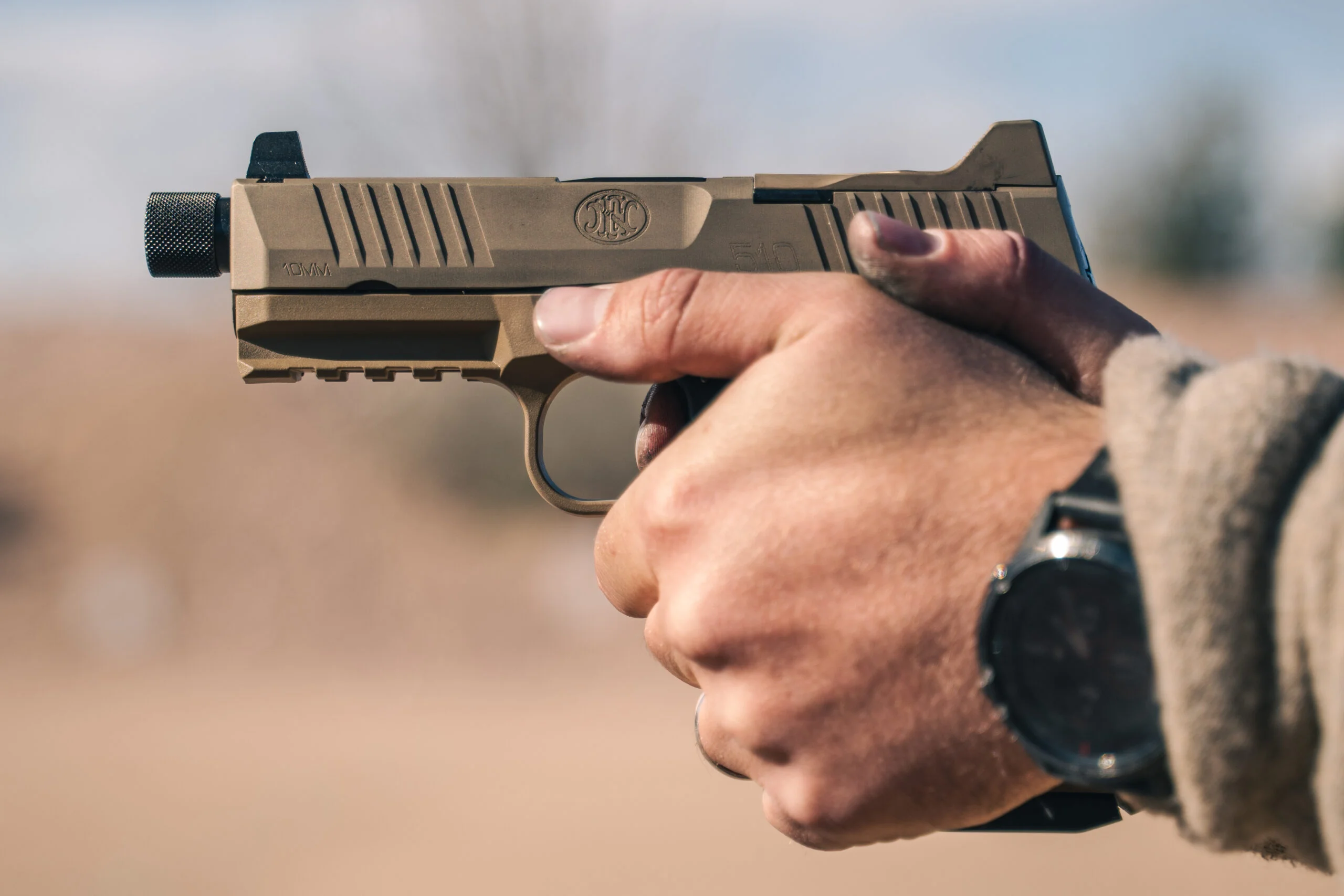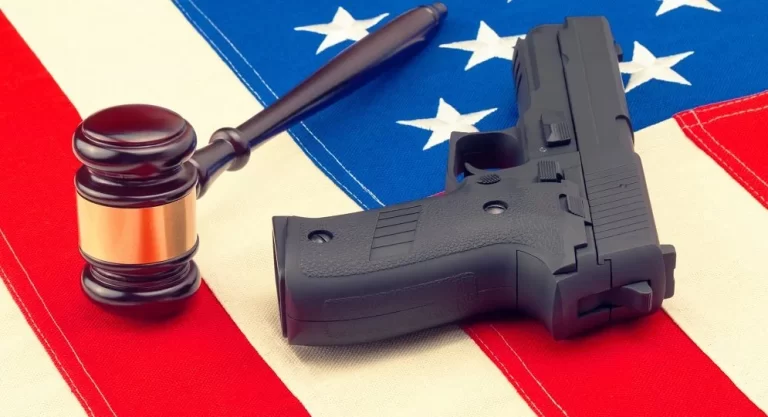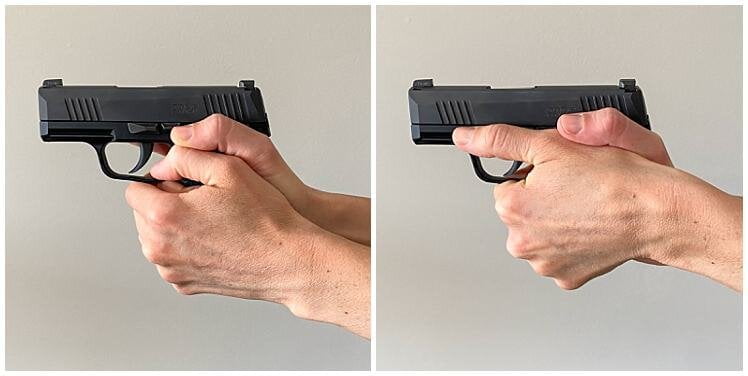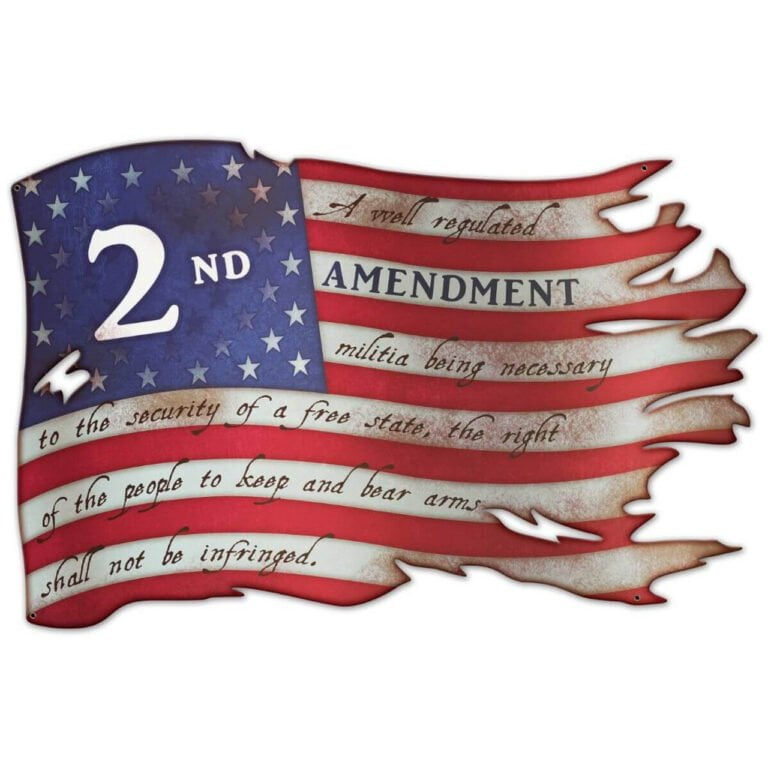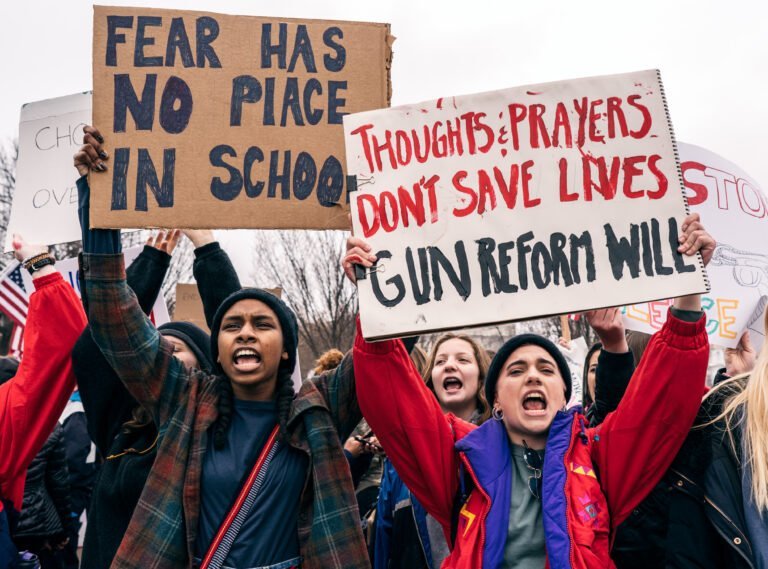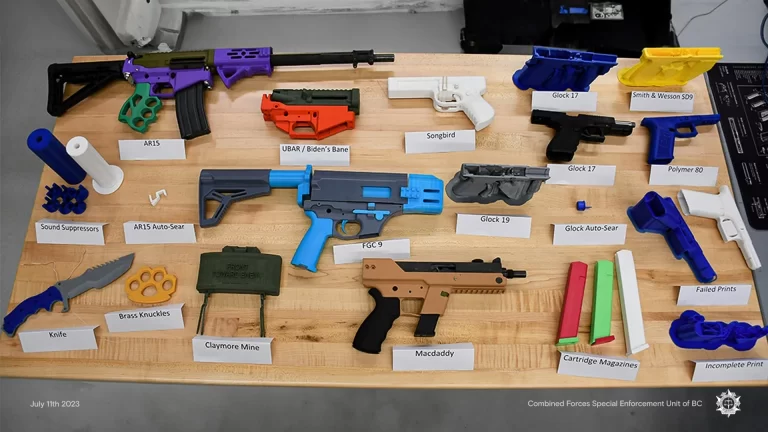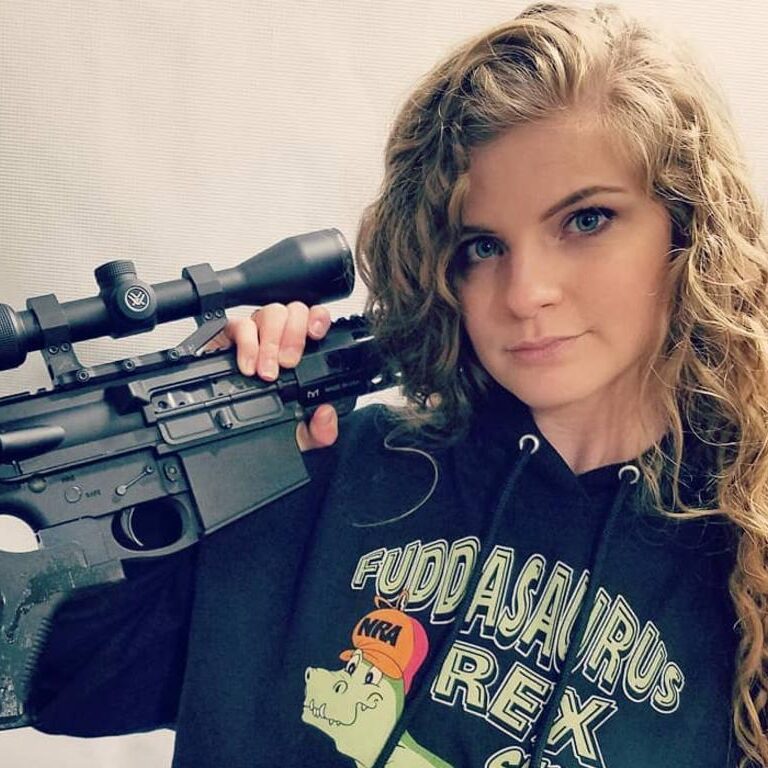How to Shoot a Handgun
Shooting a handgun accurately is undoubtedly more challenging than shooting a rifle or shotgun. However, that doesn’t mean you’re destined to have stormtrooper precision forever. In this guide, I will take you through the fundamentals of shooting a handgun accurately and help you improve your aim and precision. Whether you’re a beginner or looking to enhance your skills, these tips and techniques will elevate your shooting game.
Handgun Basics: Starting with Safety
Before we delve into the techniques for accurate shooting, let’s review the fundamental rules of gun safety. These rules are essential to ensure a safe and controlled shooting experience.
4 Rules of Gun Safety
- Always Keep Your Firearm Pointed in a Safe Direction: Avoid pointing your gun at anything you do not intend to shoot. This includes accounting for potential ricochets and penetration through surfaces. Develop the habit of pointing your firearm in the safest direction, even during dry firing practice.
- Treat All Guns as if They Are Loaded: Constantly remind yourself that a gun is loaded, reinforcing safe handling practices. When taking a gun from someone, personally inspect it to ensure it is clear, regardless of prior inspection.
- Keep Your Finger Off the Trigger Until Ready to Fire: Maintain your finger off the trigger until you intend to shoot. Rest your trigger finger on the frame, outside the trigger guard, until you’re prepared to fire. Relying solely on a safety mechanism is not recommended.
- Always Be Sure of Your Target and Beyond: Only shoot when you know your bullet’s potential impact and what lies beyond the target. Be aware of bullets’ travel distance, even for small rounds like .22LR or shotgun pellets.
Understanding Handgun Types: Semi-Auto Pistols vs. Revolvers
Before mastering accuracy, it’s essential to understand the differences between semi-automatic pistols and revolvers. These differences influence how you load, fire, and handle the firearms.
Revolvers
- Revolvers are loaded by placing cartridges in their cylinder through a loading gate or by swinging the cylinder out.
- Most revolvers fire from an external hammer and may need manual cocking before each shot.
- Revolvers typically have steel frames and use rimmed ammunition.
- Shots are fired from a loaded cylinder by rotating it to align with the hammer.
Semi-Automatic Pistols
- Semi-automatic pistols are loaded through detachable magazines inserted into the frame.
- Many recent models use a striker fire system with no external moving parts.
- Semi-automatic pistols often have polymer frames and use rimless ammunition.
- Shots are fired after inserting a loaded magazine, pulling back and releasing the slide, and chambering a round.
Choosing the Right Handgun
Selecting the appropriate handgun for your needs is crucial. Consider the gun’s purpose, size, caliber, and ammunition availability.
- Purpose: Different handguns serve different purposes, from competition shooting to concealed carry.
- Size: Compact, full-size, and micro/sub-compact sizes cater to various preferences.
- Caliber: Choose a caliber suitable for your intended use and proficiency level.
- Ammunition Availability: Ensure your chosen caliber has readily available ammunition in your area.
Dispelling Myths: Handgun Size and Recoil
Contrary to popular belief, smaller guns aren’t automatically better for people with smaller frames. Micro and subcompact pistols can be harder to aim and control due to increased recoil. Consider factors like comfort and experience when choosing a handgun.
Mastering Shooting Techniques
Stance: Making a Stand for Accuracy
Your stance greatly influences shooting accuracy. Adopt a squared-up, athletic stance with feet shoulder-width apart, a slight knee bend, and a slight forward lean. Keep your arms extended outward with a slight elbow bend for improved control in firearm policies.
Grip: How to Hold Your Handgun Properly
A proper grip is essential for accuracy and preventing malfunctions. Place your dominant hand high on the grip, and use your support hand to maximize contact points and manage recoil. Maintain a firm grip without excessive tension.
Aiming and Sight Alignment
Focus on your front sight and align it within the notched-out portion of the rear sight. Level both sights for consistent accuracy. Determine your dominant eye for optimal aiming, as both eyes open provide better peripheral vision.
Trigger Control and Follow Through
Practice proper trigger control by shooting from the wall of the trigger pull, not from the beginning. Maintain control of fundamentals during follow-through. Learn your gun’s trigger reset for quicker follow-up shots.
Anticipating Recoil and Breath Control
Recoil anticipation can affect accuracy. Practice dry firing to understand trigger mechanics and reduce recoil anticipation. Control your breath, aiming to shoot at the bottom of an exhale.
Practice Makes Perfect: Dry Fire Training
Dry firing is a valuable practice technique that enhances muscle memory and fundamentals. Use tools like snap caps, laser devices, or SIRT pistols for safe and effective dry fire practice at home. These tools replicate the shooting experience without live ammunition.
Essential Range Visit Tips
When heading to the range, prioritize safety and preparation. Bring quality eye and ear protection, a secure gun case, and essential accessories. Consider practicing with your own ammunition to ensure a productive range session.
Conclusion
Becoming proficient in handgun shooting accuracy requires practice, dedication, and an understanding of key techniques. By following these guidelines and consistently practicing, you can improve your aim, precision, and overall shooting skills. Remember that incremental progress leads to lasting improvement, so invest time and effort into refining your abilities.
FAQs;
Q1. Can I practice handgun shooting at home?
Absolutely. Dry fire training is an effective way to practice safely at home using various tools like snap caps or laser devices.
Q2. What’s the difference between revolvers and semi-automatic pistols?
Revolvers have a rotating cylinder and external hammer, while semi-automatic pistols use magazines and may have a striker fire system.
Q3. Is it necessary to use eye and ear protection at the shooting range?
Yes, eye and ear protection is crucial to prevent injury from spent casings, debris, and noise.
Q5. What’s the best way to choose the right handgun for self-defense?
Consider factors like size, caliber, ease of use, and comfort when selecting a handgun for self-defense purposes.
Q6. How can I overcome recoil anticipation and improve accuracy?
Dry fire practice, understanding trigger mechanics, and using proper breath control can help you overcome recoil anticipation and enhance accuracy.
